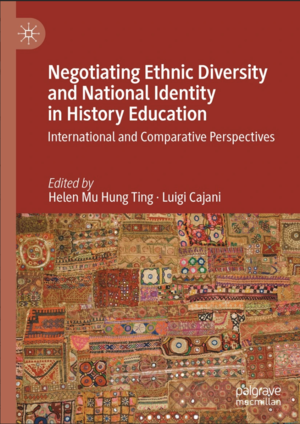
Type de publication et date de parution
OuvrageCurricular Decentralisation as an Antidote to “Burmanisation”? Including Ethnic Minorities’ Histories in Myanmar’s Government Schools (2011–2020)
Negotiating Ethnic Diversity and National Identity in History Education
Ting, H.M.H., Cajani, L.
In Myanmar, successive governments used schooling, textbooks and history curricula for nation building, promoting a concept of national identity relying increasingly on heroes, golden eras and national enemies—tightly linked to the historical perspective of the Burman ethnic majority. In an ethnically diverse country, this narrative had limited success in terms of fostering nation building and was seen as evidence of “Burmanisation”. Meanwhile in the borderlands, several “ethnic” armed groups developed parallel education systems to build their own nations, often using similar methods. In the wake of the 2011 political transition, a new national curriculum was being produced with the substantial involvement of international and foreign institutions, although the available textbooks do not seem to be a complete departure from the narratives taught under the previous military regime. After discussing the difficulties in producing and teaching a new and more inclusive discourse on the nation’s history, we describe the opportunities and challenges in the context of decentralisation before 2021. The production of the local history sections of these curricula, which started in 2017, while an undeniable complement and counterpoint to the national curriculum, also at times created debate between local ethnic stakeholders.